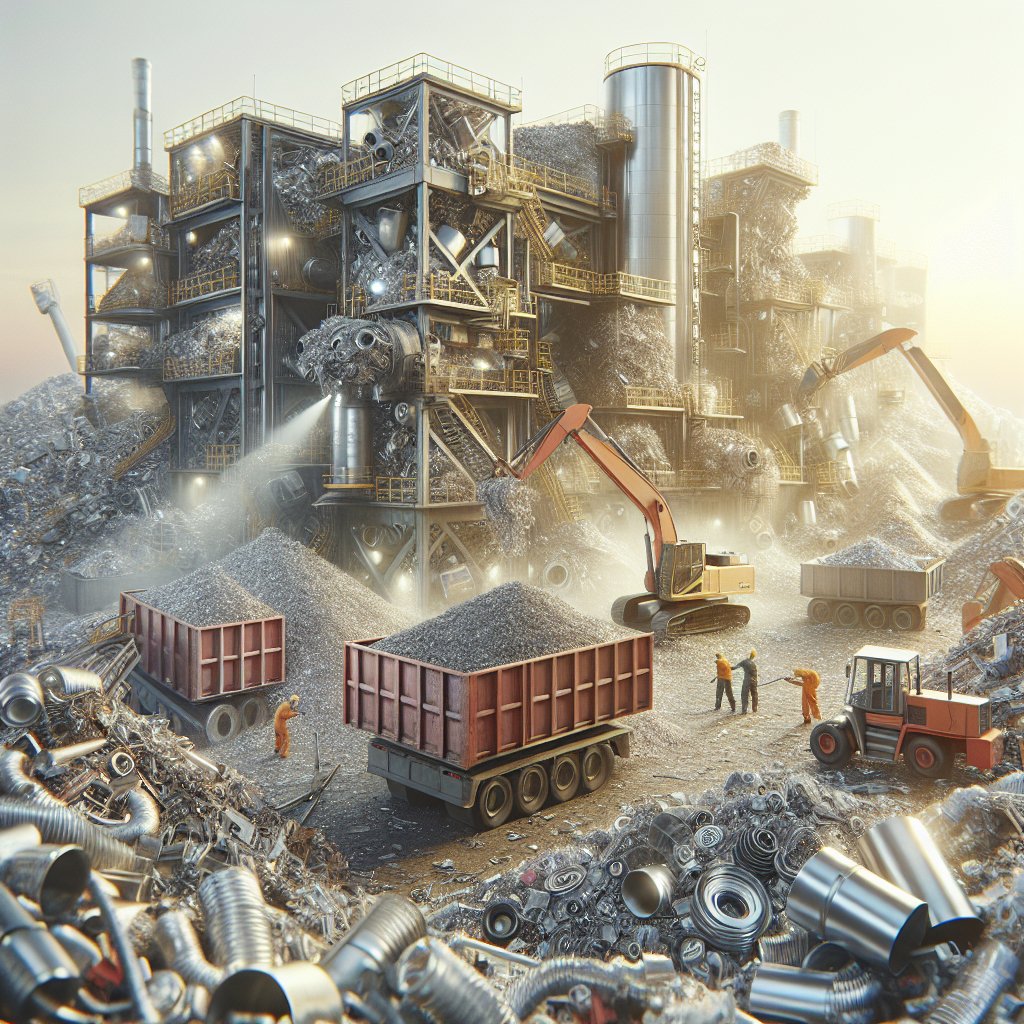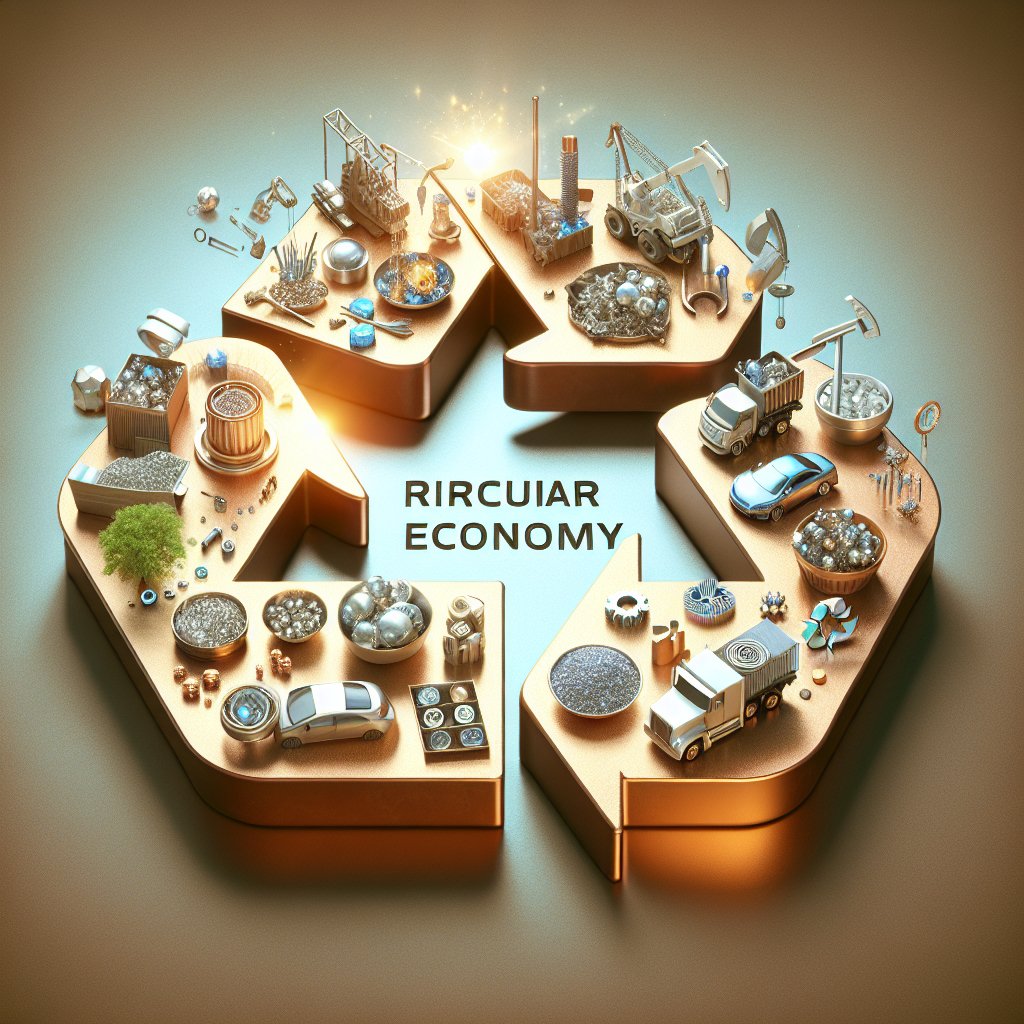The extraction of rare metals, while crucial for modern technology, carries significant hidden environmental costs that are often overlooked. As the demand for these metals continues to rise, understanding the environmental implications of their extraction becomes increasingly important. This article delves into the environmental challenges associated with rare metals extraction, the technological advancements aimed at mitigating these impacts, and the future outlook for sustainable practices in this industry.
Environmental Challenges of Rare Metals Extraction
Rare metals, such as lithium, cobalt, and rare earth elements, are essential components in a wide range of high-tech applications, from smartphones to electric vehicles. However, the extraction processes for these metals are fraught with environmental challenges. One of the primary concerns is the significant land degradation that occurs during mining operations. Open-pit mining, a common method for extracting these metals, involves the removal of large areas of topsoil and vegetation, leading to habitat destruction and soil erosion.
Moreover, the extraction process often involves the use of toxic chemicals, such as sulfuric acid, which can lead to water contamination. This not only affects local water supplies but also poses a threat to aquatic ecosystems. The release of these chemicals into the environment can result in long-term ecological damage, affecting biodiversity and the health of local communities.
Another significant environmental challenge is the generation of waste. The extraction of rare metals produces large quantities of tailings, which are the materials left over after the metal has been extracted. These tailings can contain hazardous substances, including heavy metals and radioactive materials, which pose a risk to both the environment and human health if not properly managed.
Technological Advancements and Mitigation Strategies
In response to the environmental challenges posed by rare metals extraction, researchers and industry leaders are exploring various technological advancements and mitigation strategies. One promising approach is the development of more efficient extraction techniques that minimize environmental impact. For example, bioleaching, which uses microorganisms to extract metals from ores, offers a more environmentally friendly alternative to traditional chemical methods.
Additionally, advancements in recycling technologies are playing a crucial role in reducing the demand for newly mined rare metals. By improving the efficiency of recycling processes, it is possible to recover valuable metals from electronic waste, thereby reducing the need for new extraction and minimizing environmental harm. This not only conserves natural resources but also reduces the energy consumption and emissions associated with mining activities.
Another strategy involves the implementation of stricter environmental regulations and standards for mining operations. By enforcing more rigorous environmental assessments and monitoring, governments can ensure that mining companies adopt sustainable practices and minimize their ecological footprint. This includes measures such as proper waste management, land rehabilitation, and the protection of water resources.
Future Outlook for Sustainable Practices
As the demand for rare metals continues to grow, driven by the increasing adoption of renewable energy technologies and electric vehicles, the need for sustainable extraction practices becomes more pressing. The future of rare metals extraction will likely be shaped by a combination of technological innovation, regulatory frameworks, and industry collaboration.
One potential avenue for sustainable practices is the development of circular economy models, where the focus is on maximizing resource efficiency and minimizing waste. By designing products with end-of-life recycling in mind and promoting the reuse of materials, it is possible to create a more sustainable supply chain for rare metals.
Furthermore, international cooperation and partnerships will be essential in addressing the global environmental challenges associated with rare metals extraction. By sharing knowledge, resources, and best practices, countries can work together to develop solutions that balance the need for these critical materials with the imperative to protect the environment.
In conclusion, while the extraction of rare metals is vital for technological advancement, it is imperative to address the hidden environmental costs associated with these activities. Through technological innovation, regulatory measures, and collaborative efforts, it is possible to mitigate the environmental impact and pave the way for a more sustainable future in the rare metals industry.












